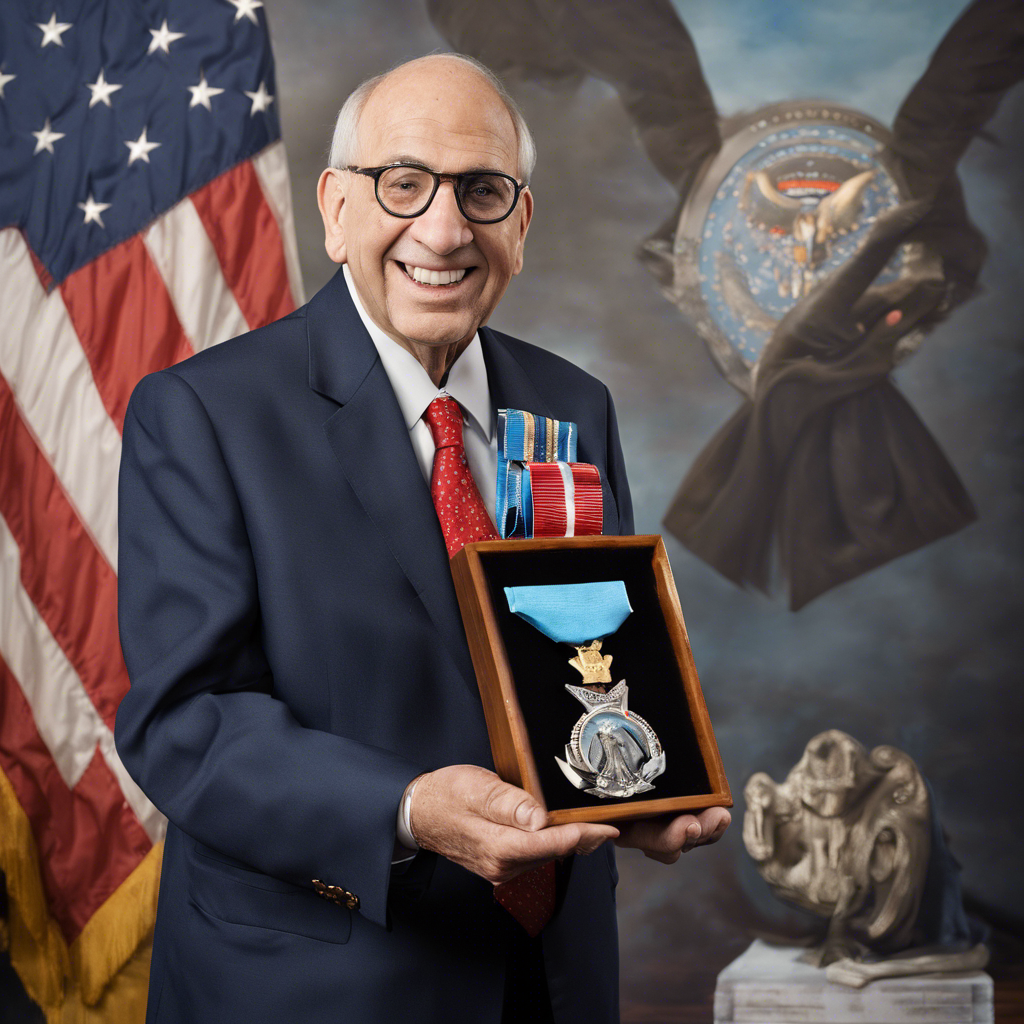A mix-up in genetic engineering threatens the future of the Darling line of American chestnut trees, leaving the American Chestnut Foundation at odds with the State University of New York College of Environmental Science and Forestry (SUNY ESF).
For years, the American Chestnut Foundation has been dedicated to reviving the American chestnut tree, which nearly disappeared from the United States a century ago. The foundation’s efforts have focused on genetically engineering chestnut trees to withstand a deadly disease that has plagued them. However, a recent discovery of a mix-up in the genetic modification process has led to a rift between the foundation and SUNY ESF, jeopardizing the future of the Darling line of chestnut trees.
The Rise and Fall of the American Chestnut Tree
The American chestnut tree was once a dominant species in the United States, providing food and wood resources. However, in the early 20th century, an invasive fungus decimated the population, rendering the tree “functionally extinct.”
Genetic Engineering as a Solution
Traditional breeding methods failed to produce blight-resistant American chestnuts, leading scientists at SUNY ESF to turn to genetic engineering. They developed a genetically modified line of chestnuts, known as the Darling line, by inserting a gene that produced an enzyme to neutralize the fungus that causes the disease.
Concerns and Red Flags
As the Darling line of chestnut trees was distributed to various labs for study, researchers began to notice problems. Some trees showed stunted growth, lower resistance to infection, and abnormal leaf growth. The American Chestnut Foundation also grew concerned about SUNY ESF’s plan to involve a for-profit company in the distribution of seeds, conflicting with the foundation’s nonprofit mission.
The Discovery of the Mix-Up
Researchers at the University of New England discovered that the trees they were working on were not the Darling 58 trees as intended but a different line called Darling 54. The gene insertion had occurred in the wrong chromosome, potentially corrupting one of the tree’s existing genes. This discovery prompted the American Chestnut Foundation to withdraw its support for the Darling line.
Differing Perspectives and Future Plans
The American Chestnut Foundation’s decision to withdraw support has caused tension with SUNY ESF. While the foundation believes the concerns are significant and warrant further investigation, SUNY ESF is determined to move forward with seeking federal approval to distribute seeds to the public. The school argues that the concerns are overblown and can be addressed through further study.
Conclusion:
The mix-up in the genetic engineering of the Darling line of American chestnut trees has raised serious concerns about the future of chestnut restoration efforts. The American Chestnut Foundation’s decision to withdraw support highlights the need for transparency and collaboration in scientific endeavors. As the debate continues, the fate of the American chestnut tree hangs in the balance, with both sides eager to find a solution that ensures the survival of this iconic species.









